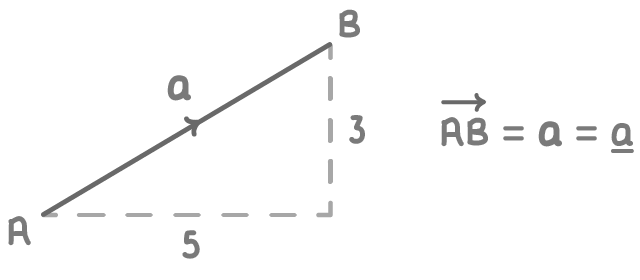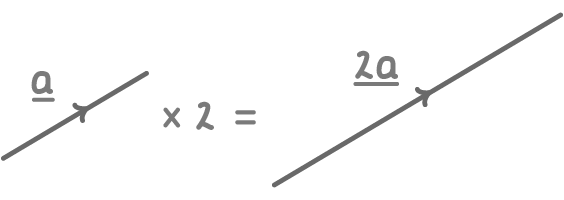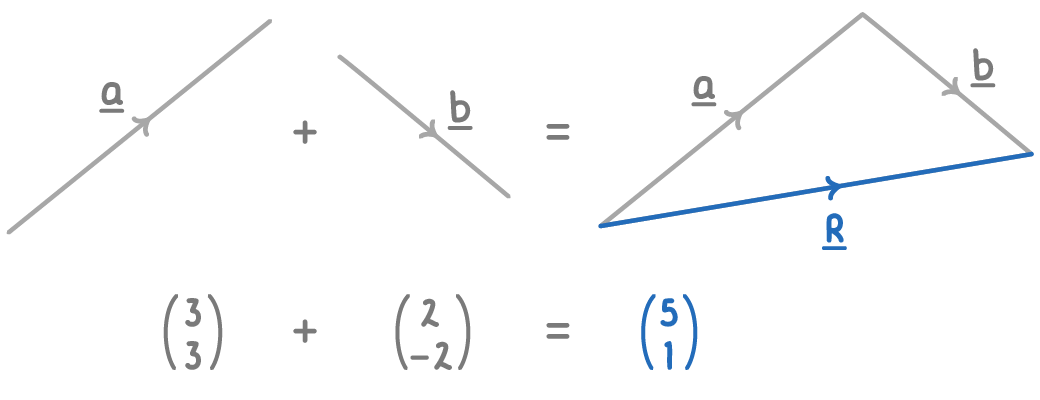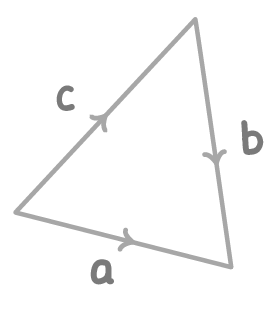Vector Basics - Theory, Adding & Multiplying
This lesson covers:
- What vectors are and how to represent them
- How vectors can be multiplied by scalars
- Adding and subtracting vectors
What are vectors?
Vectors are quantities that have both magnitude (size) and direction. Examples of vectors include velocity, displacement, and acceleration.

Vector notation:
- Column vectors - Represented as vertical columns, such as (35), indicating movement of 5 units right and 3 units up.
- Bold notation - Used in textbooks and exams, represented by bold characters like a.
- Arrow notation - Represented as AB
- Underlined - Represented as a letter underlined, such as a.
Multiplying a vector by a scalar
When vectors are multiplied by scalars (numbers), the size of the vector changes, but its direction remains the same.

Key points:
- Positive scalars scale up the vector while keeping the direction the same.
- Negative scalars reverse the direction of the vector.
Worked example 1: Multiplying a vector by a scalar
Multiply the vector a = (42) by 3.
Worked example 2: Multiplying a vector by a scalar
Multiply the vector b = (14) by -5.
Adding and subtracting vectors
Vectors can be combined through addition or subtractions to describe new resultant vectors.
Adding vectors:
To add vectors, align them tip to tail and the resulting vector runs from the tail of the first vector to the tip of the second.

Subtracting vectors:
Subtracting a vector is like adding its negative; it involves reversing the direction of the second vector before adding.

a =(−215) c =(44)
b = a - c
b =(−215)−(44)=(−611)
Worked example 3: Vector addition.
Find the vector addition of a and b.
a =(52) b =(−6−3)
Worked example 4: Vector addition.
Find the vector addition of a and b.
a =(36) b =(−214)
Worked example 5: Vector subtraction
Find the vector subtraction of a - b.
a =(14−7) b =(−512)
Find the value of 3a
a =(41)
|
Find the value of 2a
a =(12−3)
|
Find the value of b x -3
b =(15−3)
|
Find the value of a + b
a =(41) b =(12−6)
|